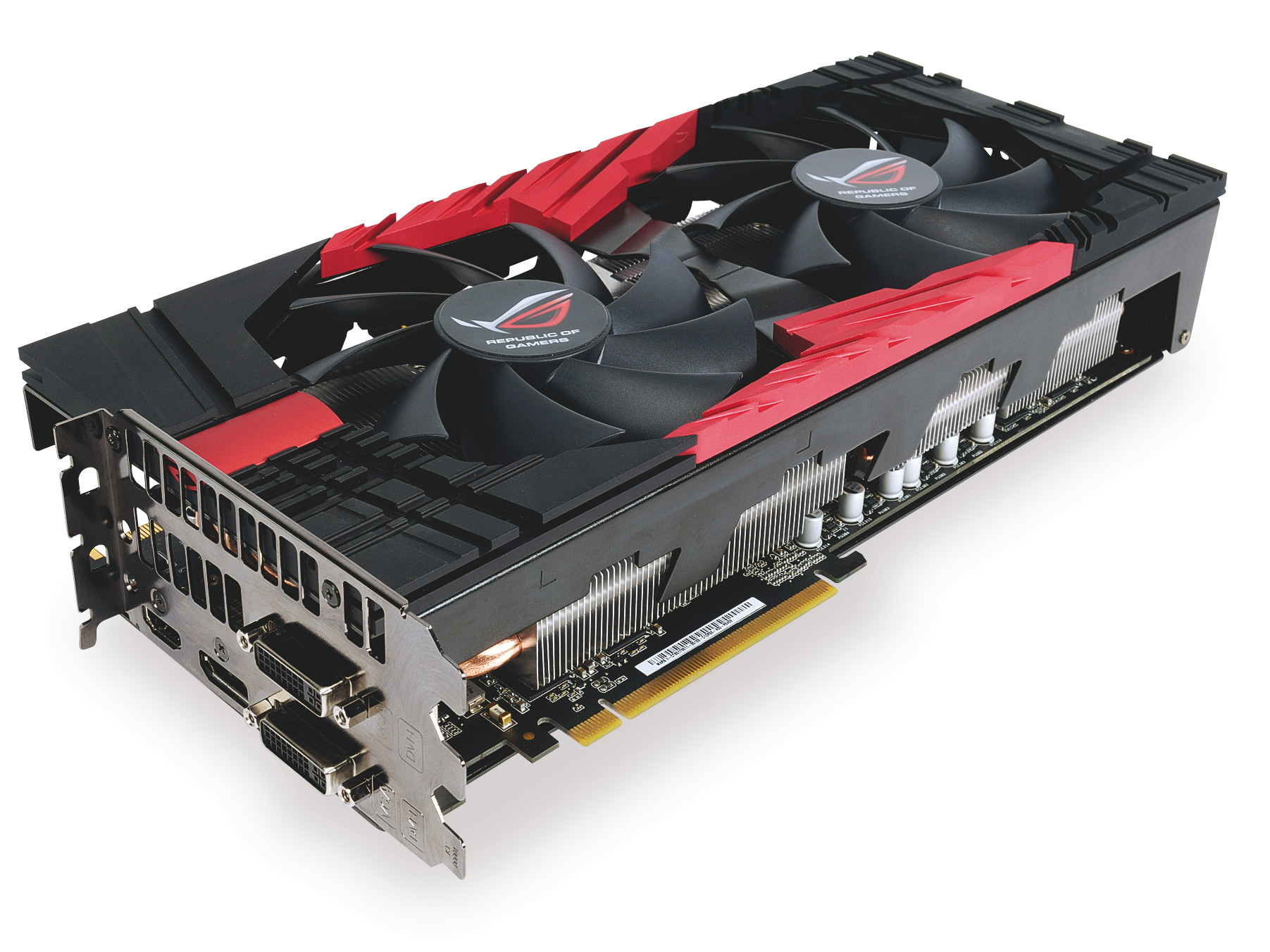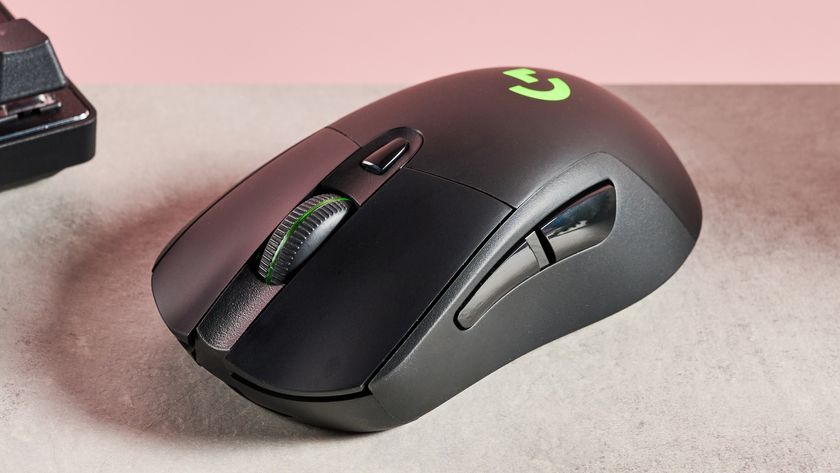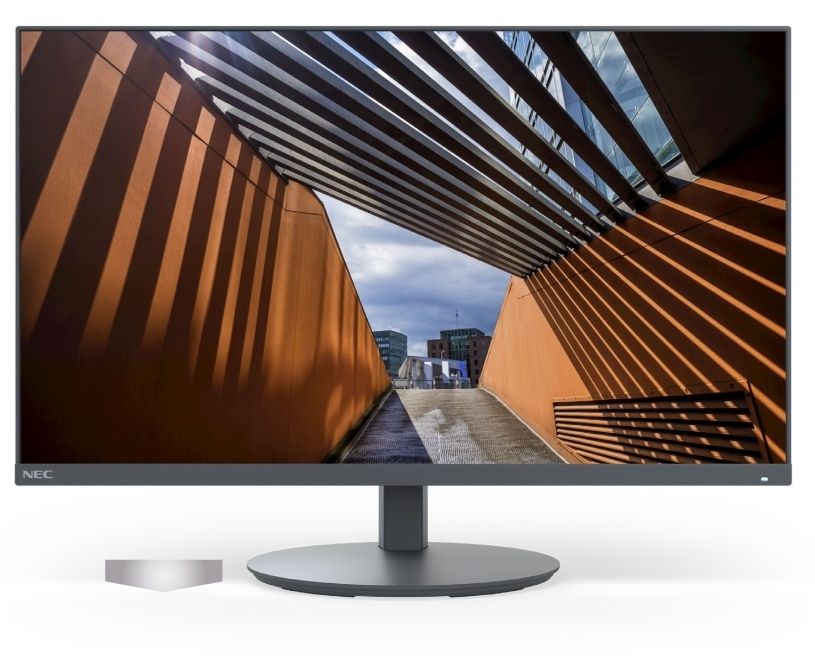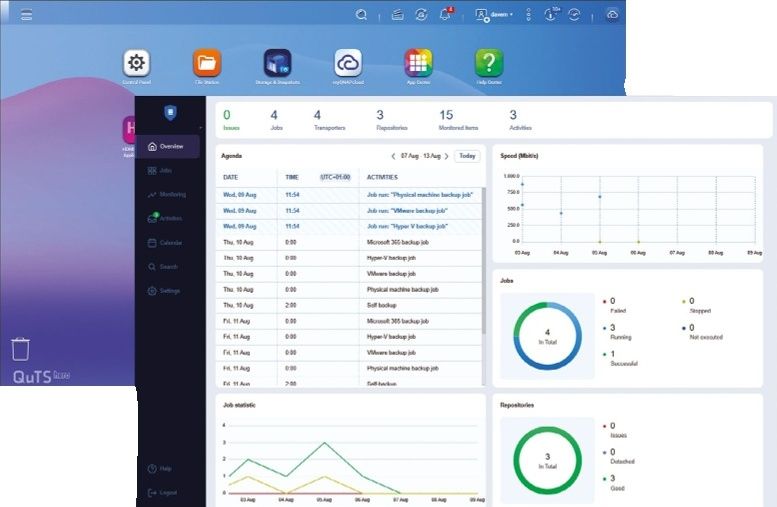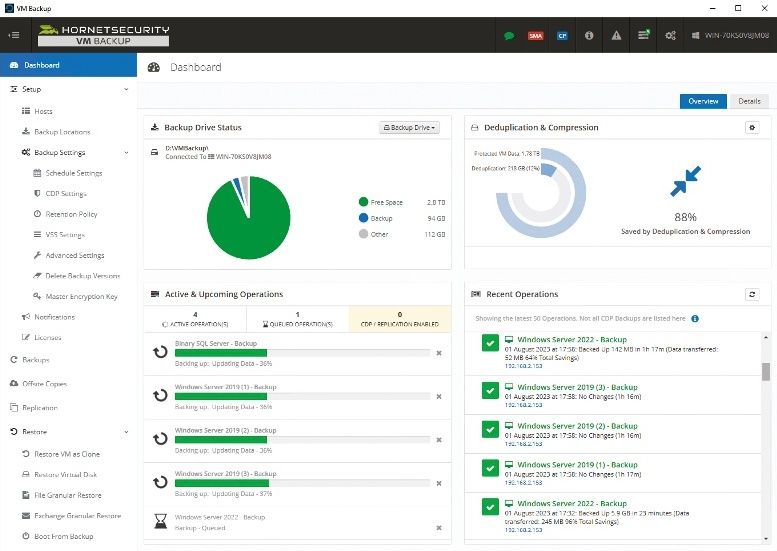Why you can trust TechRadar
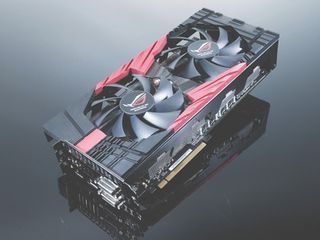
Strap yourself in – the Asus RoG MARS II is the quickest graphics card we've ever tested.
It's hardly a momentous shock, considering the architecture and high price, but the margins of superiority over its rivals are a bit more interesting.
The MARS II is roughly 15-20% faster than fellow dual-GPU chips the AMD HD 6990 and Nvidia GTX 590 in certain benchmarks, but it's too close to call in other results, such as the Metro 2033 benchmark.
Considering the incredible price margin between the Asus MARS II and pretty much any other graphics card, it's impossible to recommend to anyone from a value perspective. But that won't be much of a surprise either.
What matters for the MARS II is that it fulfils its mission objective to be the most powerful incarnation of this generation's Fermi technology. There won't be a faster graphics card until AMD or Nvidia release their next generation of architecture. And even then, they'll only be better if they double up the chips again.
The Asus Republic of Gamers MARS II delivers with the bare minimum panache at stock settings, but there's another chapter to the tale in overclocking.
Those huge, case-spec, 120mm fans and industrial PCB cover suggest some extensive tweaking potential, so armed with Asus' own Tweak it! software, we cranked the MARS II up a notch or two.
Firstly, the Tweak it! software is excellent. It's as feature-rich as MSI's Afterburner, providing temperature and voltage readouts as well as the usual clock tweaking.
Whereas Afterburner locks the core clock and shader clock together though, Tweak it! links core clock with voltage, and we found we could get better clock settings as a result – with the MARS II and Asus' Matrix GTX 580 also supplied with this software.
Sure enough, there's plenty of room for boosting core clock and memory frequency levels. Our card ran happily with a core at 850MHz and memory at 4100MHz, and increased voltage.
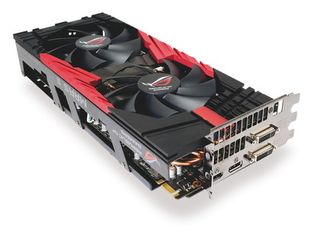
However, after a certain point we found that increased clock settings stopped translating into increased gaming performance – try as we might, Heaven 2.5 would run no faster than 42.3fps, even though we ramped each clock up further and further.
It's worth mentioning that for all the benchmarking prowess of the Asus RoG MARS II, it didn't always run smoothly in our benchmarks – there was often a big gap between minimum and average frame rates, and we saw some serious stuttering at times in several benchmarks.
That might be down to the age-old problems associated with dual-GPU cards – 3GB might seem a lot for a card, but since the memory's split down the middle and both GPUs need all the data the memory's dealing with, that gives you two 1.5GB graphics cards in SLI. Not quite so meaty for your £1,137.
Then again, dual-GPU cards have suffered from driver issues in the past, so hopefully for anyone who has shelled out, the MARS II's performances will get better with more mature drivers.
One area of resounding success, though, is temperature.
Running overclocked under load for long periods, the Asus RoG MARS II Limited Edition still never got hotter than 67C. Idle, that temperature shrank down to a warm summer day's 31C. That's quite a feat for a dual-GPU graphics card.

Ad creative by day, wandering mystic of 90s gaming folklore by moonlight, freelance contributor Phil started writing about games during the late Byzantine Empire era. Since then he’s picked up bylines for The Guardian, Rolling Stone, IGN, USA Today, Eurogamer, PC Gamer, VG247, Edge, Gazetta Dello Sport, Computerbild, Rock Paper Shotgun, Official PlayStation Magazine, Official Xbox Magaine, CVG, Games Master, TrustedReviews, Green Man Gaming, and a few others but he doesn’t want to bore you with too many. Won a GMA once.

Nikon unveils the Z5 II full-frame mirrorless camera – entry-level just got better, and pricier
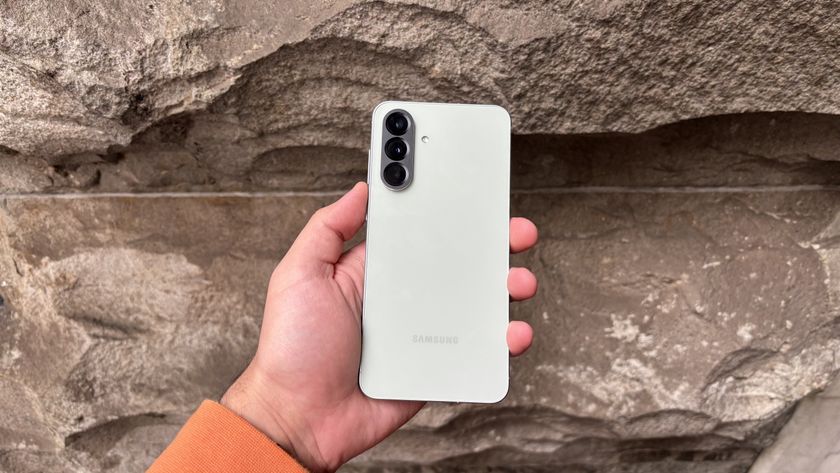
After 3 weeks with Samsung's Galaxy A56, I'm closer than ever to ditching my iPhone for Android
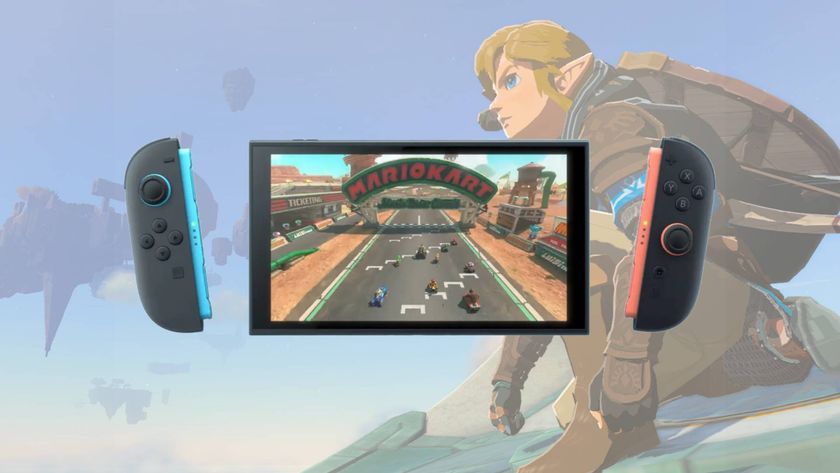
The 'Switch 2 doesn't contain any Switch hardware,' Nintendo explains its new platform and what games will be compatible
